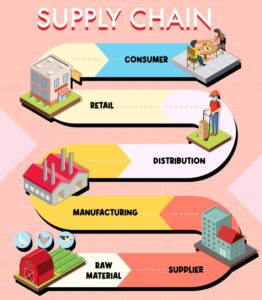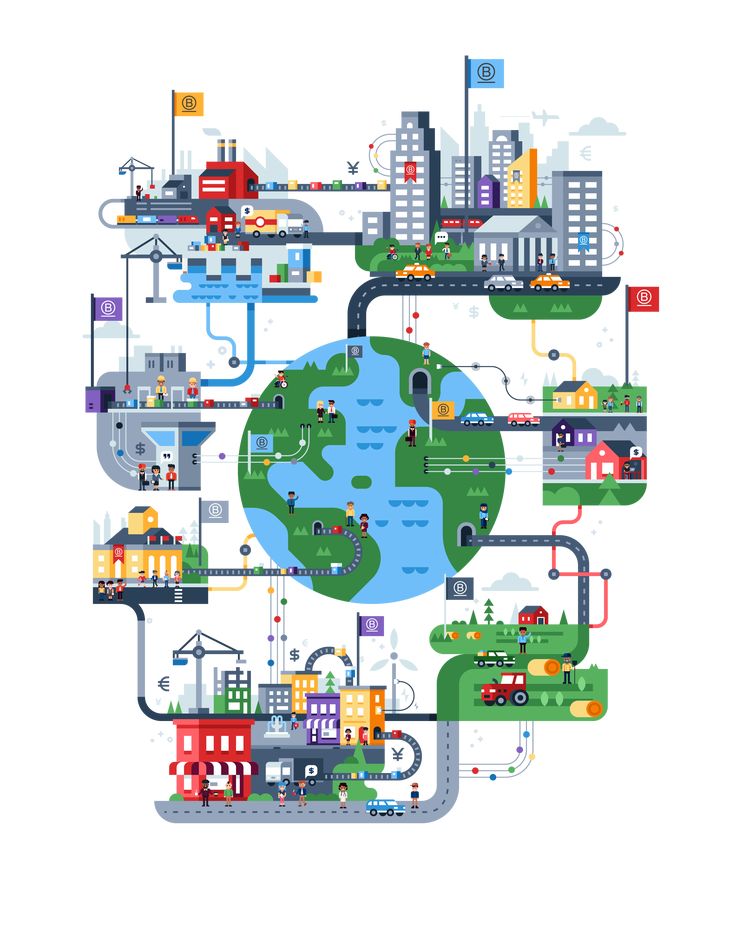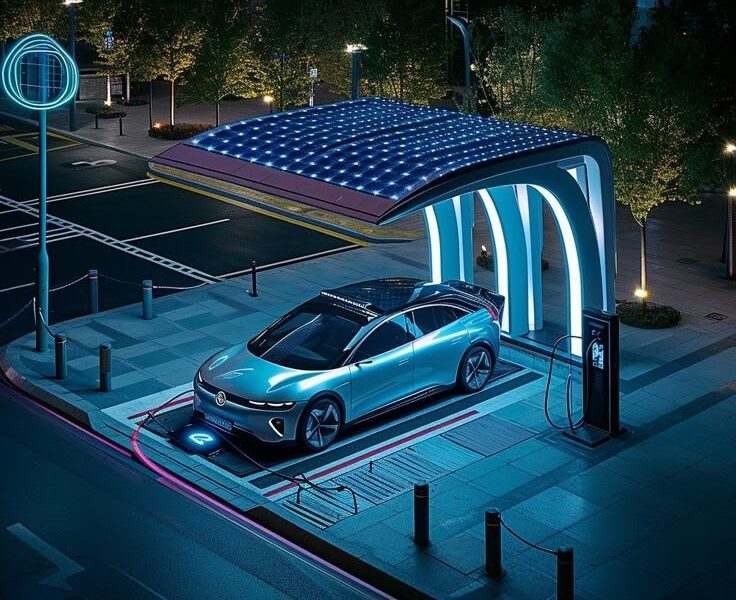⚡ **The Great Challenge of Grid Integration: Revolutionising Power Systems**
The integration of electric vehicle charging infrastructure with existing power grids is a technical challenge that has compelled engineers and planners worldwide to rethink. Traditional electricity grids were designed decades ago to distribute power uniformly across specific regions, but the type of power required by electric vehicle charging stations is fundamentally different. When multiple vehicles are connected for fast charging simultaneously, pressure on the local grid increases, risking voltage drops and load imbalance. To solve this problem, smart grid technology is being introduced, which can automatically manage charging schedules. Demand response systems establish a connection between charging stations and consumers so that charging speed automatically decreases when grid pressure is high. Energy storage solutions, such as large-scale battery systems, allow excess energy to be stored and used during peak demand periods. Distributed energy resources management enables charging stations to function like a virtual power plant that can return electricity to the grid. Renewable energy integration connects charging stations to solar and wind power, reducing their pressure on the grid. Advanced metering infrastructure enables better management by monitoring electricity usage in real time. Microgrid development establishes small-scale local power systems, providing independence from the main grid. Investments in grid modernization projects are upgrading existing infrastructure. Power quality management maintains the quality of electricity during charging operations. All these technical solutions together are helping to harmonize charging infrastructure with the current power system.

🔌 **The Confusion of Charging Standards: The Need for Global Harmony**
The current confusion in electric vehicle charging standards is a major technical challenge faced globally. Different types of connectors, voltage levels, and communication protocols are being used in different countries and regions, causing difficulties for international travel and imports. CCS (Combined Charging System) is popular in Europe and North America, while CHAdeMO is used in Japan and some Asian countries. China prefers the GB/T standard, and Tesla uses its own proprietary system. These differences not only cause inconvenience for consumers but also create additional costs for manufacturers. Plug and Charge technology enables automatic authentication and payment but requires global standards. The ISO 15118 standard regulates vehicle-to-grid communication. IEC 62196 sets standards for connectors. SAE J1772 is used for AC charging in North America. There are also differences in charging speed standards, where some systems are limited to 50 kW while others support up to 350 kW. Harmonizing payment systems is another challenge, as different operators use different methods. Data privacy and cybersecurity standards need global consensus. Roaming agreements facilitate international charging. All these standardization issues are obstacles to the smooth operation of charging infrastructure.
🌍 **Regional Disparities: The Divide Between Developed and Developing Countries**
The significant difference in building charging infrastructure between developed and developing countries is a major technical challenge. Developed countries have strong power grids, high incomes, and developed infrastructure, while developing countries suffer from a lack of basic facilities. The density of charging stations is higher in Europe and North America, while it is scarce in some parts of Africa and Asia. The disparity in electricity availability is also important, with load-shedding being common in developing countries. Investment opportunities differ in both regions, with developed countries attracting private sector investment. Technology transfer is essential for developing countries. Capacity building develops local expertise. Financing mechanisms vary for different regions. Policy frameworks reflect the level of government support. The urban-rural divide highlights the difference between urban and rural areas. Renewable energy integration presents different challenges in both regions. Maintenance and operational standards also differ. These regional disparities are hindering the global spread of charging infrastructure.
💰 **A Treasure Trove of Economic Opportunities: A Rapidly Expanding Market**
The construction of charging infrastructure is an economic opportunity that has attracted the attention of global investors. According to market research reports, the global charging infrastructure market is expected to exceed $100 billion by 2028, with an anticipated annual growth rate of 30%. Charging station manufacturers are profiting from hardware sales. Charging network operators are generating revenue through service fees. Software developers are creating charging management platforms. Energy companies are exploring new revenue streams from electricity sales. Real estate developers are using charging stations to increase property values. Financial institutions are providing financing for charging projects. Insurance companies are developing new products. Consulting firms are offering advisory services. Research organizations are working on research and development projects. All these economic opportunities are making charging infrastructure an attractive investment sector.
🏗️ **Construction Challenges: The Complexities of Infrastructure Development**
The construction of charging infrastructure faces numerous technical challenges that are hindering its expansion. Land acquisition for suitable locations for charging stations is the first challenge. Zoning regulations make construction difficult under local laws. Electrical upgrades are necessary to improve existing power systems. Controlling construction costs is crucial. Project management is complex due to multiple stakeholders. Supply chain management ensures the delivery of components. Quality control maintains construction standards. Adherence to safety standards is mandatory. Assessing environmental impact is essential. Community engagement requires cooperation with local communities. These construction challenges are complicating charging infrastructure projects.
📈 **Creation of Business Models: New Sources of Revenue**
Charging infrastructure has created new revenue streams through the creation of business models. The pay-per-use model charges users a fee for charging. The subscription model is based on a monthly subscription fee. The advertising model generates income from advertisements on stations. Data monetization profits from user data. Energy trading sells excess energy. Demand response services receive compensation for grid services. White-label solutions provide services for other companies. The franchise model expands through franchises. The partnership model involves collaborations with different companies. The innovation ecosystem promotes new inventions. These business models are making charging infrastructure economically sustainable.
🔧 **Technological Innovation: A Journey of Continuous Improvement**
Technological innovation in charging infrastructure is ongoing and addressing its challenges. Ultra-fast charging is reducing charging time. Wireless charging is increasing convenience. Battery swapping is an alternative method of replacing batteries. Smart charging optimizes charging. Bidirectional charging enables power transfer from vehicle to grid. Solar charging uses renewable energy. Mobile charging provides portable charging facilities. Automated charging makes autonomous charging possible. Integrated charging works together with other services. Adaptive charging adjusts according to conditions. These technological innovations are making charging infrastructure more efficient.
🌐 **Global Investment: Opportunities for International Cooperation**
Global investment in charging infrastructure has created new opportunities for international cooperation. Foreign direct investment is attracting international capital. Joint ventures are establishing partnerships between local and international companies. Technology transfer is enabling the adoption of advanced technology. Knowledge sharing is promoting the exchange of knowledge. International standards are introducing global standards. Cross-border collaborations are strengthening international cooperation. Global supply chains are establishing worldwide supply chains. Multilateral agreements are promoting multi-party agreements. Development finance is providing developmental funding. Capacity building is aiding in skill development. These global investment opportunities are supporting the expansion of charging infrastructure.
🚀 **Future Possibilities: A Journey Towards a Bright Future**
The future of charging infrastructure is extremely bright, with numerous possibilities. Autonomous charging will enable automated charging. Vehicle-to-grid integration will turn vehicles into mobile power plants. Artificial intelligence will optimize charging operations. Blockchain will ensure secure transactions. 5G connectivity will enable high-speed communication. Quantum computing will solve complex computations. Nanotechnology will improve material performance. Biotechnology will discover new energy sources. Space-based solutions will open new dimensions. Sustainable development will promote sustainable growth. These future possibilities will keep the charging infrastructure sector on a path of continuous advancement.
🌟 **Summary: A Balanced Review of Challenges and Opportunities**
Charging infrastructure is a sector where both technical challenges and economic opportunities exist. Technical challenges include grid integration, standards, and regional disparities. Economic opportunities comprise market growth, business models, and investment. A balanced approach considers both aspects. Sustainable solutions offer sustainable answers. Innovative approaches introduce modern methods. Collaborative efforts promote joint endeavors. Long-term planning involves strategic foresight. Adaptive strategies adjust according to circumstances. Progressive policies create forward-looking frameworks. A holistic vision presents a complete picture. This summary provides a comprehensive view of the charging infrastructure sector.


